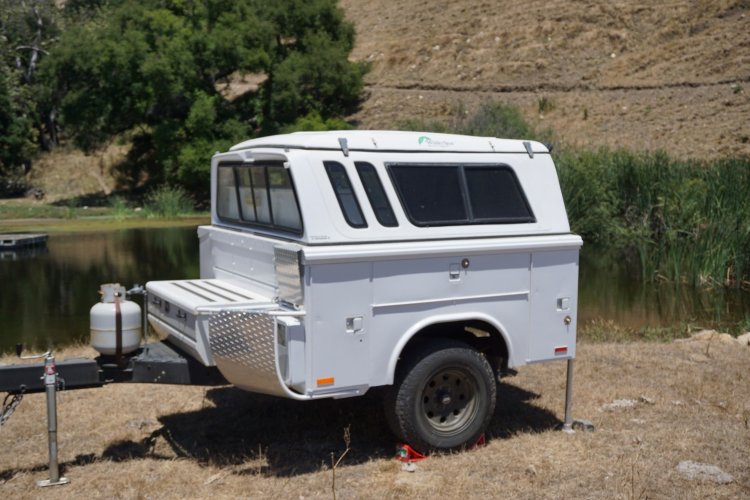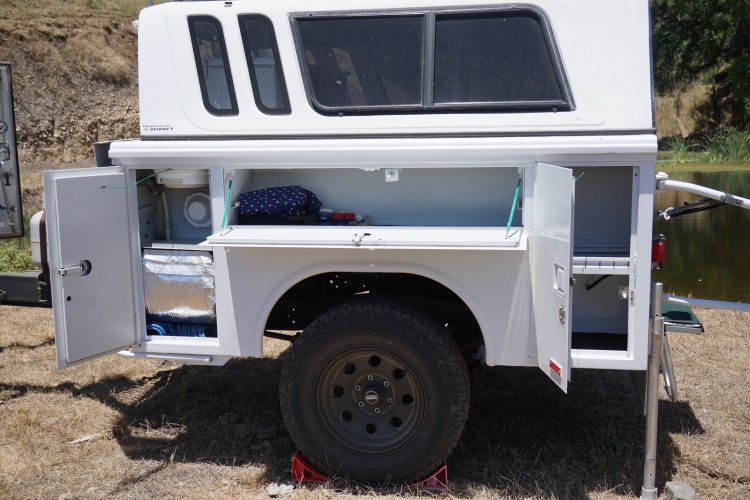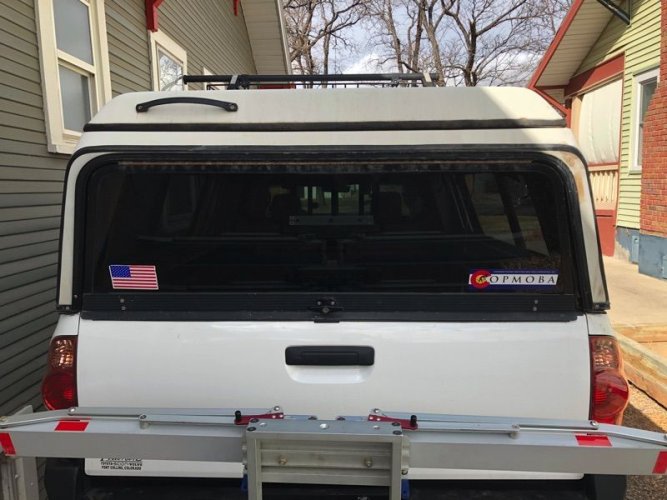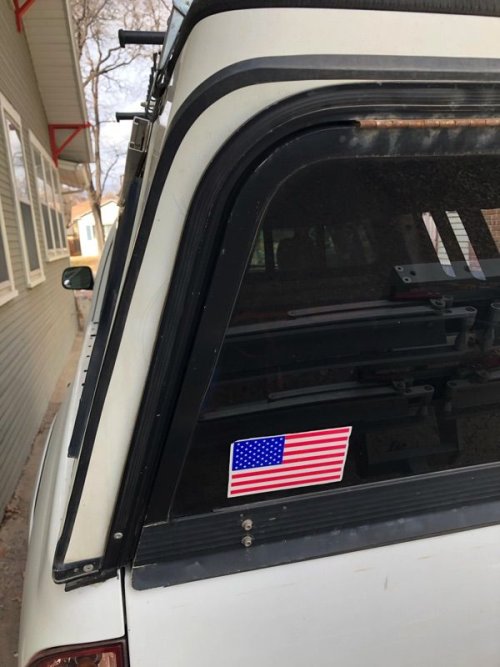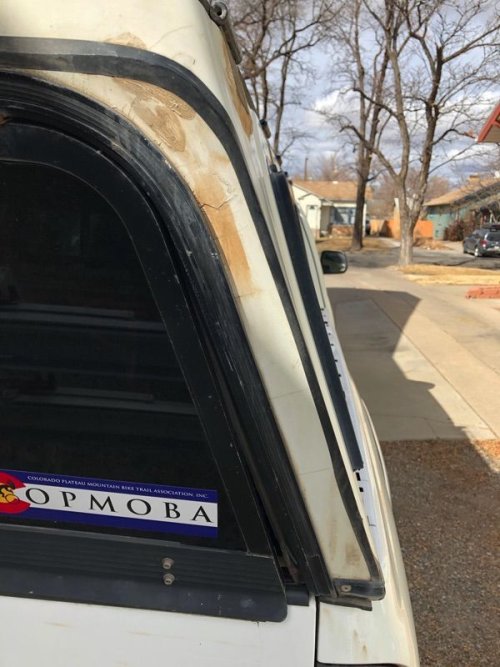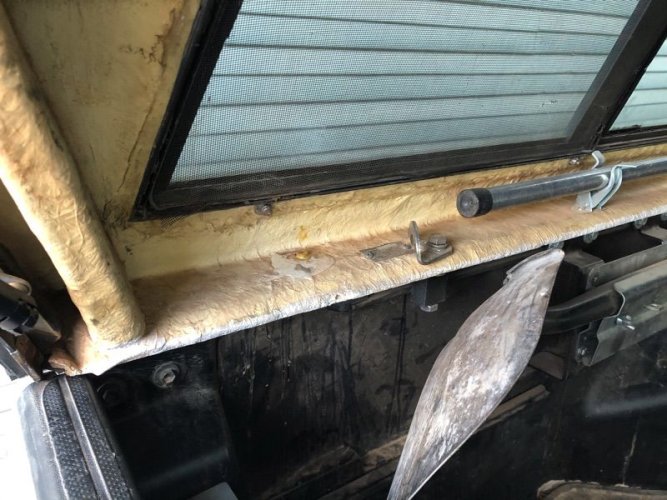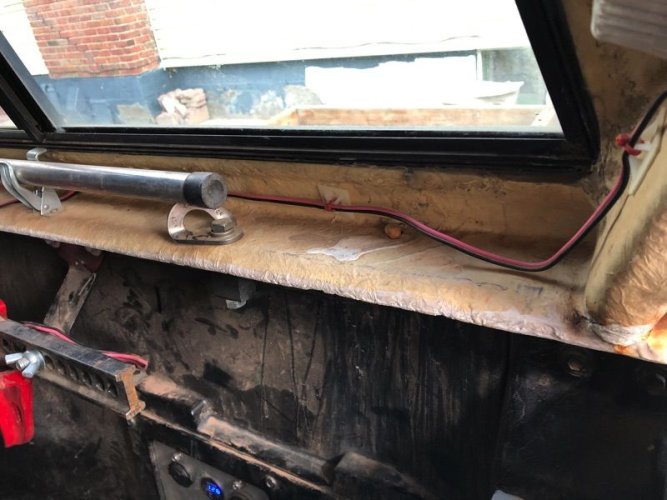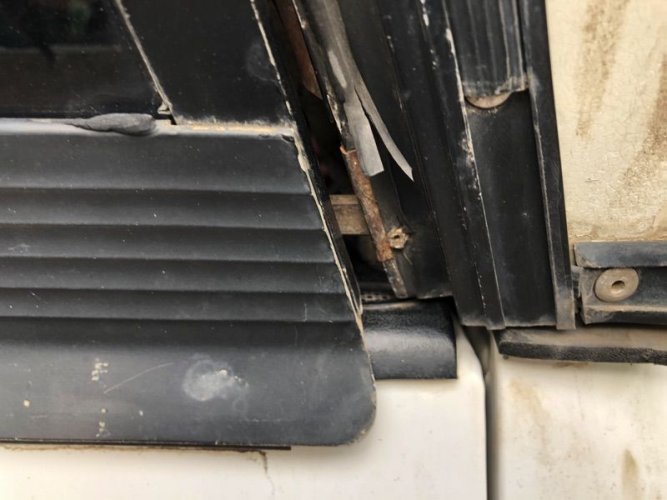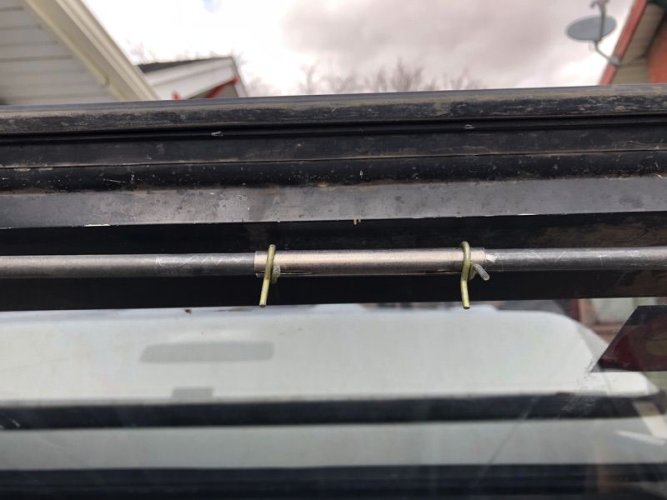DaveInDenver
Rising Sun Ham Guru
Cleaning
Our urethane-coated nylon laminated tents are particularly sensitive to solvents and petroleum-based oils. Acetone and other strong solvents will soften the adhesives. WilderNest tents can be cleaned with a mild dish detergent, like dish soap, Ivory, or a commercial brand like Davis’s Sail Bath (diluted at least 80:1 or weaker) or Foaming Sail Cleaner, and a soft-bristled brush. A general cleaning will remove dirt and grit. After this bath, rinse well with water and let the tent air dry. If there is a specific stain to be removed, the laminate will break down with the use of solvents. Davis’s Foaming tent Cleaner works for spot cleaning.


Mildew
Prevention is the best tactic, but if mildew has attacked the tent, treat it immediately and isolate the area from the rest of the tent to prevent spreading. Do not use bleach on the nylon. Lysol is a fungicide that when sprayed on the tent will kill existing spores and inhibit any additional growth. After the organism is killed, most of the stain can be removed by lightly soaking (not scrubbing) in a fungicide for 12 or more hours. Always rinse thoroughly to ensure there is no residue left on the tent.
Rust
Rust can be removed with a thin paste of baking soda or toothpaste and a soft-bristled toothbrush. Wash the area well with mild detergent and rinse thoroughly. This will not remove any stain embedded in the coating, but it will remove most of the surface stain. Remember, that using any abrasive on a tent reduces its life. For removing small areas of rust stain, a mild gel product named Magica is recommended.
Grease, Oil, Tar
Petroleum-based stains are best removed by using orange-based cleaning solvents. This cleaning solvent is also good for removing tape adhesive residue. Use any solvent sparingly. After dabbing the stain with a weak solvent, scrub the area with a mixture of solvent, mild detergent, and water before rinsing thoroughly. As with abrasives, solvents will reduce the tent’s life so use them sparingly.
Most stains are very difficult to remove totally, and they are not worth running the risk of decreasing the tent’s life expectancy by using excessive solvents or abrasion. Some stains, like mildew, will fade with use as the tent is flown in the sun.
Prior to storing tents make sure they’re dry. Detergent that is not completely rinsed off will continue to draw moisture from the air, and will abrade the fabric and threads. Such a moist environment encourages mildew growth. After cleaning and drying, you can spray the tent with Lysol to inhibit mildew growth.
Proper cleaning and storage will prolong the life of your tent.
Preventative maintenance should always be your first line of defense—a stain that never gets on your tent is one you won’t have to remove. After that, cleaning the tents, making any needed repairs, and properly stowing them at the end of the season will ensure that they’ll be ready for use next spring, and hopefully for many springs after.
Our urethane-coated nylon laminated tents are particularly sensitive to solvents and petroleum-based oils. Acetone and other strong solvents will soften the adhesives. WilderNest tents can be cleaned with a mild dish detergent, like dish soap, Ivory, or a commercial brand like Davis’s Sail Bath (diluted at least 80:1 or weaker) or Foaming Sail Cleaner, and a soft-bristled brush. A general cleaning will remove dirt and grit. After this bath, rinse well with water and let the tent air dry. If there is a specific stain to be removed, the laminate will break down with the use of solvents. Davis’s Foaming tent Cleaner works for spot cleaning.
Mildew
Prevention is the best tactic, but if mildew has attacked the tent, treat it immediately and isolate the area from the rest of the tent to prevent spreading. Do not use bleach on the nylon. Lysol is a fungicide that when sprayed on the tent will kill existing spores and inhibit any additional growth. After the organism is killed, most of the stain can be removed by lightly soaking (not scrubbing) in a fungicide for 12 or more hours. Always rinse thoroughly to ensure there is no residue left on the tent.
Rust
Rust can be removed with a thin paste of baking soda or toothpaste and a soft-bristled toothbrush. Wash the area well with mild detergent and rinse thoroughly. This will not remove any stain embedded in the coating, but it will remove most of the surface stain. Remember, that using any abrasive on a tent reduces its life. For removing small areas of rust stain, a mild gel product named Magica is recommended.
Grease, Oil, Tar
Petroleum-based stains are best removed by using orange-based cleaning solvents. This cleaning solvent is also good for removing tape adhesive residue. Use any solvent sparingly. After dabbing the stain with a weak solvent, scrub the area with a mixture of solvent, mild detergent, and water before rinsing thoroughly. As with abrasives, solvents will reduce the tent’s life so use them sparingly.
Most stains are very difficult to remove totally, and they are not worth running the risk of decreasing the tent’s life expectancy by using excessive solvents or abrasion. Some stains, like mildew, will fade with use as the tent is flown in the sun.
Prior to storing tents make sure they’re dry. Detergent that is not completely rinsed off will continue to draw moisture from the air, and will abrade the fabric and threads. Such a moist environment encourages mildew growth. After cleaning and drying, you can spray the tent with Lysol to inhibit mildew growth.
Proper cleaning and storage will prolong the life of your tent.
Preventative maintenance should always be your first line of defense—a stain that never gets on your tent is one you won’t have to remove. After that, cleaning the tents, making any needed repairs, and properly stowing them at the end of the season will ensure that they’ll be ready for use next spring, and hopefully for many springs after.

